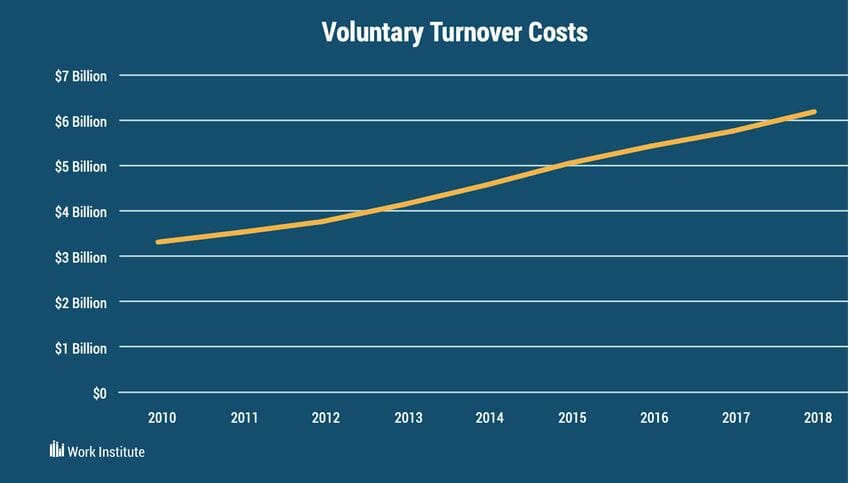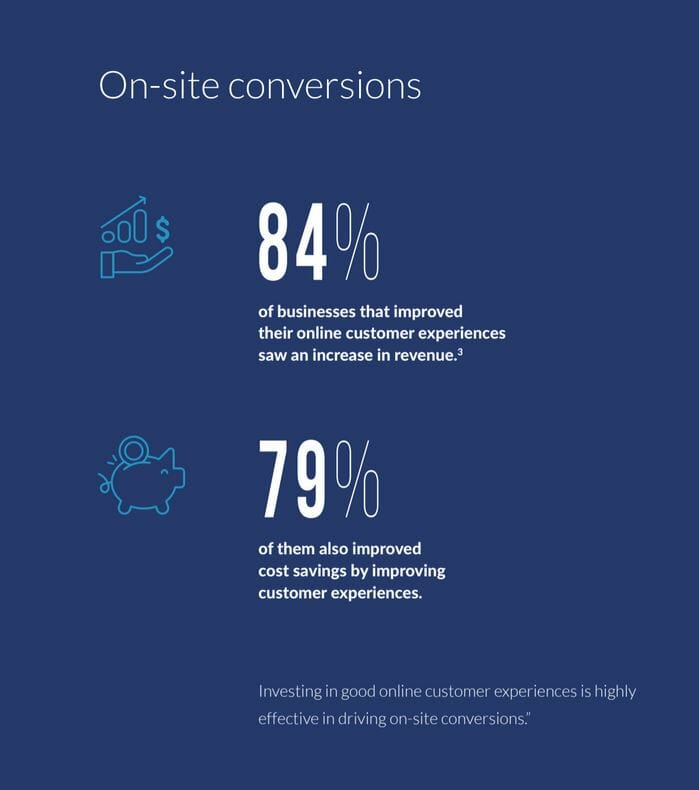
Cost-Efficient Customer Service: Quality without the Price
[Updated: June 5, 2023]
Training and onboarding of customer service staff can be costly and time-consuming. When you mix in the unpredictability of supply chain disruption and staffing issues, the grave financial risks of overstaffing, understaffing, and attrition start to add up.
As more businesses look to cut costs wherever possible, especially within CX, it presents challenging questions for management:
- Is outsourcing to a legacy call center sustainable anymore?
- Can you reduce customer service costs without sacrificing the quality of your customer’s experience?
- Would the cost savings be offset by a potential negative impact on brand loyalty and revenue?
The answer lies in numbers, yes, but also in the way we define CX. As customers grow more demanding and competition gets fiercer, customer service becomes the most critical part of your business. In this article, we’ll explore what customer service costs entail and how make efficient improvements without sacrificing quality.
See how Simplr is helping enterprise brands increase revenue through customer engagement.
Is customer service a cost center?
Customer service has transformed from a cost center to a revenue driver. For decades, businesses have thought of CX as a place where a business can save money and, in some cases, cut corners. Outsourcing to offshore call centers ensured cheap labor on a global scale. Today, however, customer service is a major revenue generator. It’s the company’s key differentiator against competitors, and studies have proven that exceptional experiences lead to increased customer lifetime value. Companies are using top-tier phone, email, chat, and social media CX to upsell, generate trust, and convert more browsers into buyers. Questions remain whether the traditional call center model can make improvements that will accommodate post-pandemic changes and risks.
What is the cost of onboarding customer support agents?
Annually, onboarding expenses alone can cost upwards of $40,000 (or $400 per employee) for the average small-to-medium business that onboards 100 new employees each year. This number doesn’t even broach the average cost-per-hire after taking recruitment, training, and equipment costs into consideration. Additionally, businesses are offering hiring bonuses and incentives in response to the staffing shortage.
- Glassdoor pegged the average cost-per-hire for U.S. employers at $4,000 once recruitment, onboarding, and training are all said and done.
- The worst part? Investing in new employees doesn’t always pay off. The Work Institute predicted that in 2020, 47 million people, or 1 in 3 workers, would voluntarily quit their jobs. The conservative estimate cost of losing an employee in the U.S. today is $15,000.
- Turnover rates have consistently trended upward since 2010 (especially in customer service and call center type roles) and the costs associated with voluntary employee turnover has nearly doubled. Based on the current trend, turnover costs could hit $800 billion by 2023.

“Employers compensate for turnover by adding expenses, further compromising profit and growth.”
– The Work Institute
In an environment where the risk of cost and revenue mismatch is at an all-time high, cutting unnecessary expenses is quite important.
How much does it cost to train a customer service employee?
To find the cost of training a customer service employee or call center agent, use the following formula:
(cost of trainees + trainers)* time + cost of tools and equipment
Regardless of the size of your company, training costs can get very high. Unfortunately, attrition is at an all-time high right now, which means that companies are continuously having to train new employees. This is not a cost-efficient way of approaching customer service training.
Technology has helped reduce those costs, but it doesn’t solve the bigger problem which is this: how can you maintain consistent training when staffing is impossible to forecast?
How to reduce customer service costs
There are three key ways to reduce customer service onboarding and training costs:
- Eliminate the costs completely (it’s possible!) by opting for a cloud-based, AI-driven outsourcing solution, like Simplr’s Human Cloud Network
- Invest in incentives and employee morale. Reducing attrition will help curb the costs of onboarding and training CS costs.
- Make sure that your business and/or your call center are using the most up-to-date software for measuring efficiencies and customer satisfaction.
The power of great customer service
Given the almost impossible task of forecasting revenues in this environment, companies are reducing fixed costs wherever possible, especially with their customer service teams and software. But what’s the “right” amount of cost reduction? How long will the downturn last, and by cutting cost to the bone will management harm customer retention efforts and further reduce revenue?
Digital experiences and the responses customers receive are more critical than ever before. Today’s customers expect speed, empathy, and precision in every single digital interaction they have with your company—no matter the channel, no matter the time of day. And whether it’s a question, or whether it’s a comment. It’s been shown that a moderate increase in customer experience generates an average revenue increase of $823 million over three years for a company with $1 billion in annual revenue.

Improving customer experiences doesn’t just drive brand loyalty and awareness, it’s a proven method of driving revenue for your business. Loyal customers are created by exemplary online service and customer support delivered with speed, empathy, and precision. Creating and retaining loyal customers is incredibly beneficial for a multitude of reasons:
- Increasing customer retention rates by 5% increases profits anywhere from 25% to 95%.
- It’s 5 to 25 times more expensive to acquire a new customer than it is to keep an existing one.
- U.S. consumers are willing to spend 17% more to do business with companies that deliver excellent service.
Today’s statistics underscore just how important customer experience and customer satisfaction really is.
CX That Moves With Your Revenue Line
Cutting costs with customer support shouldn’t mean you sacrifice the quality of experiences your company can deliver. What you want is a CX cost that moves perfectly with your revenue line– however unpredictable that line will be.
As businesses navigate the ever-changing world of customer service, the use of ChatGPT, generative AI, and large language models (LLMs) is also becoming increasingly important. In fact, here at Simplr, we believe that 90% of customer service interactions will be automated by 2033. This type of automation is completely changing the game when it comes to how customers interact with your brand.
Interested in cutting costs while generating even more revenue through customer engagement? Get in touch with the Simplr team today.